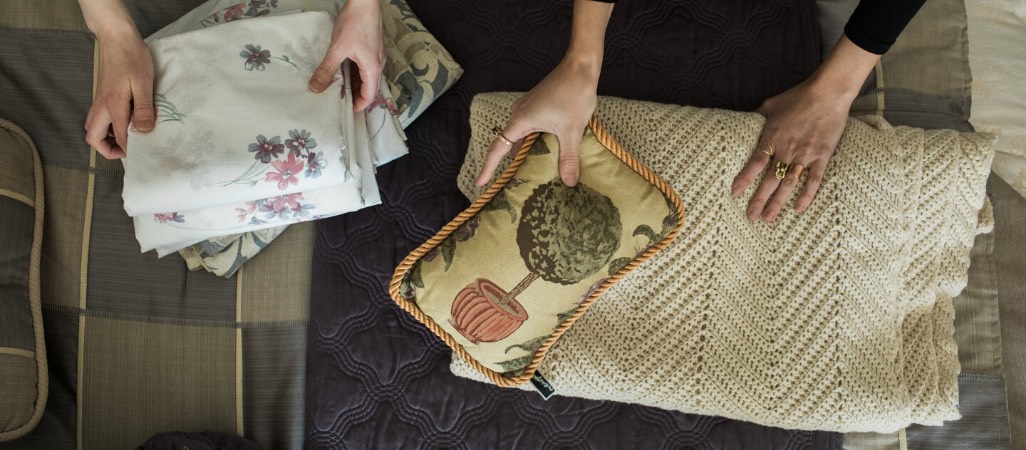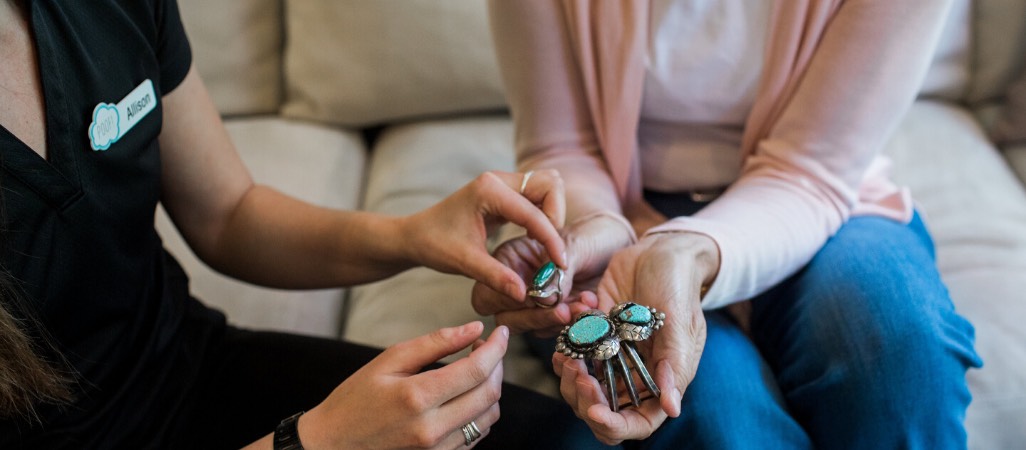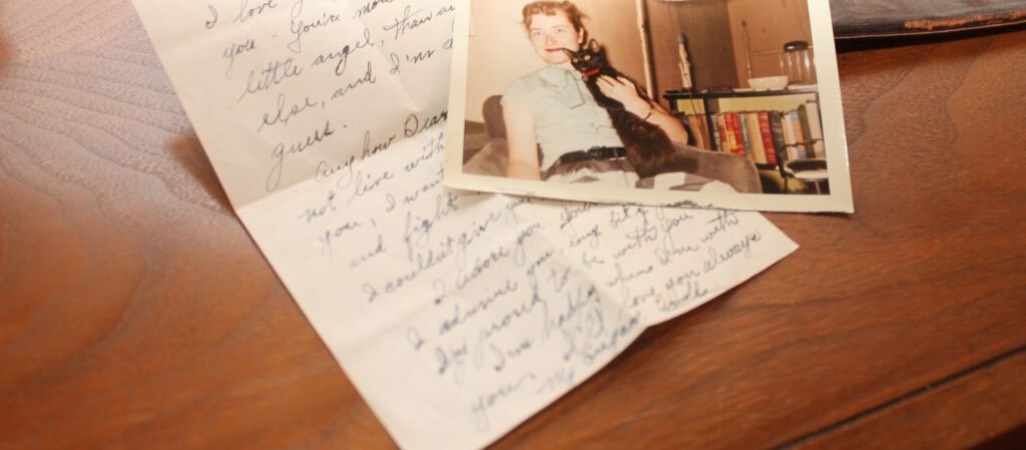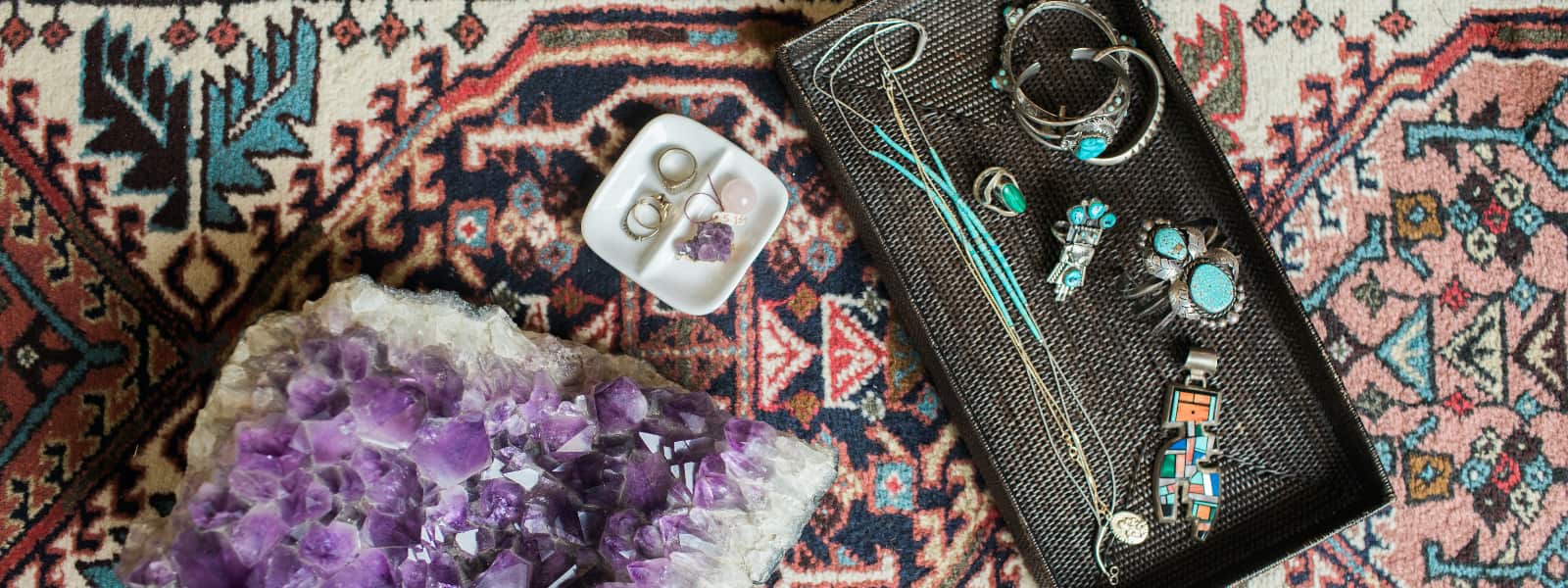Losing a loved one is never easy. Decisions need to be made, there are timelines to stick to, and adjusting to life without that person can be a challenge all in its own. As time goes on, the detail most overlooked is what to do with an estate filled with items that need to be taken care of. How do you tackle the project of sorting those items before moving forward?
We have compiled a few tips from our experience both personally and professionally in the industry that are sure to help you along the way.

Before Getting Started
Give yourself some time and prepare mentally
Taking the time to reminisce and giving yourself time to grieve are important. Ditch the harsh deadlines and remember to try and enjoy the parts of this journey that matter. Going through belongings alone or with others can be fun and bring a lightheartedness that is much needed during a time of loss.
Gather necessary loved ones
Sorting through a loved ones items is often a family affair. To get this process started make sure to set the focus towards what is important to keep. Not what is wanted, maybe to decorate their new space, but what reminds them of the loved one they will be remembering. Try setting some ground rules for choosing items to keep things fair and make sure that everyone has equal chance to keep what matters most to them.
Expert Tip: Find or purchase storage bins for storing and packing what you want to keep and set up corners for each person so they can have a space to themselves.

During the Process
Keep what brings you joy and bright memories
When sorting through the items of a loved one, it can become difficult to determine which items are most meaningful as most items have memories attached. So how do you prevent keeping too much?
It is important to find the items that bring you the happiest memories. In the popular Netflix show, ‘Tidying up with Marie Kondo’, Marie explains the best way to identify these items is by taking each item in one’s hand and asking: “Does this spark joy?” If it does, keep it. If not, put it back. Sit with each item for a minute and remember what it makes you think of. The more you do this, the easier it will become to identify the items that bring the most joyful memories of your loved one. Once you have decided to keep an item, place it in an empty bin for transport or storage.
“No matter how wonderful things used to be, we cannot live in the past. The joy and excitement we feel here and now are more important.” – Marie Kondō, The Life-Changing Magic of Tidying Up: The Japanese Art of Decluttering and Organizing
Expert Tip: Take photos! Some items may be too bulky or difficult to keep but still hold strong memories. When this is the case we suggest taking a photo of the item so you have a visual representation despite needing to physically part with the item.
Keep in mind that someone else can handle the leftovers
When choosing what to keep, it can be overwhelming to also decide what should be tossed, donated, and sold. By keeping in mind that anything you don’t want to keep can be handled by a professional, it can help bring the focus back to you and what you find important.
Still Finding It Difficult?
You’re not alone! Many people feel the same way and explain it here:
- A study from the Yale School of Medicine found that “for many, letting go is literally painful” —meaning that for some of us, parts of our brain associated with physical pain are triggered when trying to part with certain items.
- According to Julie Holland, M.D., an assistant clinical professor of psychiatry at New York University School of Medicine, “Sentimental clutter is the adult equivalent of a teddy bear.” – We all know what this feels like!
- Jennifer Baumgartner, Psy.D., notes that nostalgia can make clearing out a space nearly impossible. She goes on to state that, “we often infuse our junk with the spirit of a moment in time, associating the tangible with the intangible. Our junk becomes the object upon which we project our internal experience.”

Hitting a Road Block
If you’re hitting a road block, try these next few tips to help get you to the finish line:
Try sorting some of your own items first
Your own items will not hold as much emotional weight as the items of a loved one. By taking time to sort through some of your own items you can get used to the sorting process and carry that same technique onto the items of your loved one.
Visit the home / space / items more than once
Sitting and sorting for long periods can be tiresome work. Know when you have reached your limit and if you are unsure about a particular item or have a large amount of items to sort through, give yourself many sorting sessions. Ensuring you have more time to make decisions can ease the difficulty and stress associated with the task. Give yourself a deadline but know that you have that allotted time with the items. A second look can help purge more or ensure a sentimental item is not missed.
Consider a creative approach
Oftentimes the items we choose to keep from a loved one can be placed in a box and rarely visited. To prevent this, thinking of a creative way to display the most cherished items can be therapeutic. Consider a shadow box, a collage of photos, a small memory box or a scrapbook.
We hope these tips can help guide you through the sorting of a loved ones belongings. It can be a difficult task that many of us have experienced. If you have any tips to share, we would love to know what aided you through your process.



